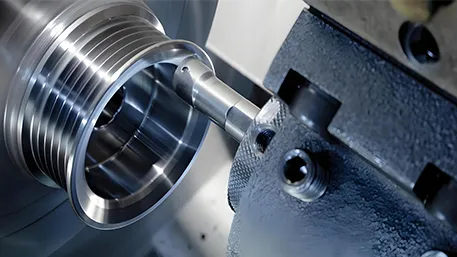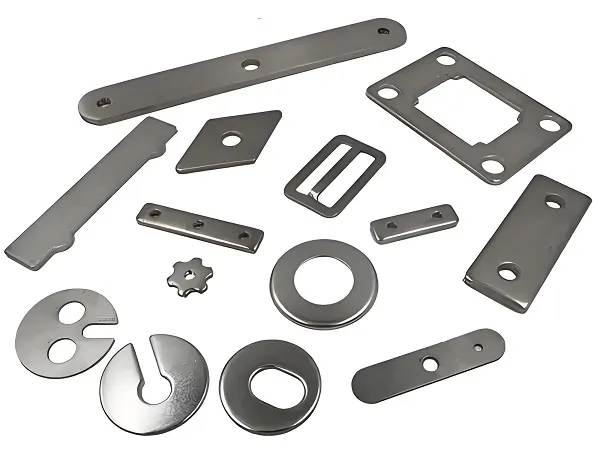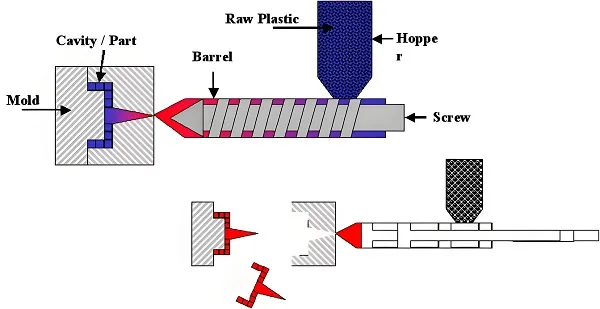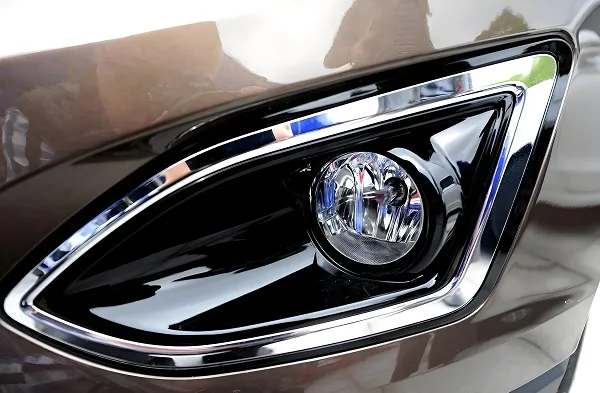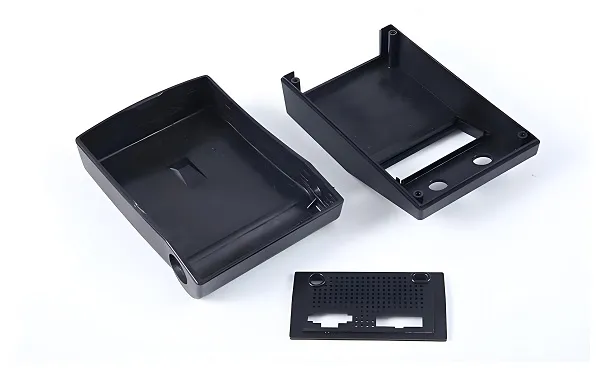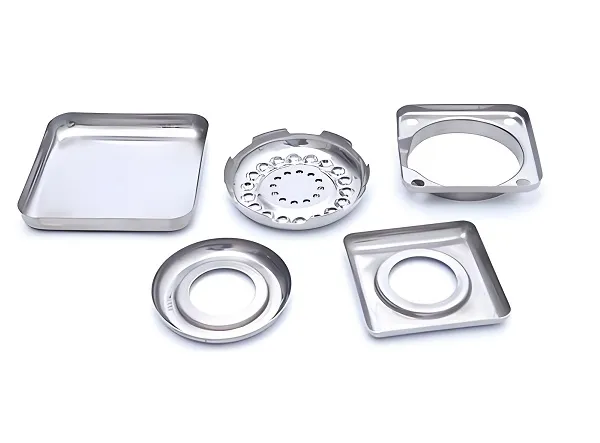Thin wall injection molding is a plastics processing technique in which plastic in its molten state is injected into a mold cavity under high pressure and cooled to obtain a plastic product of the desired shape. When the wall thickness is less than a certain value (e.g. 0.5mm or 1mm, depending on the definition and industry standards), the injection process is called thin-wall injection molding.
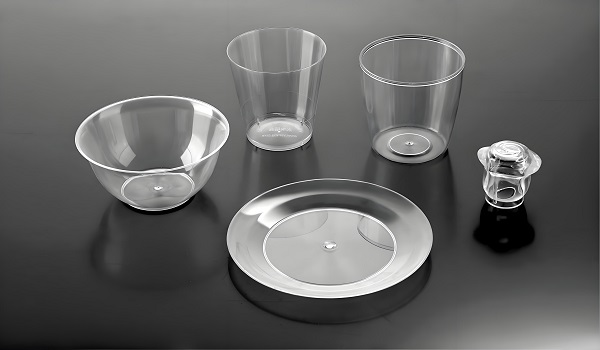
1. Advantages of thin-wall injection molding
Thin wall injection molding is a plastics processing technology in which molten plastic is injected into a mold cavity at high pressure and cooled to obtain a plastic product of the desired shape. Thin wall injection molding can produce plastic products with a wall thickness of 0.5mm or less, which has many advantages:
Light weight and small size: Thin-wall injection molded parts are light in weight and occupy little space, making them easy to carry and transport.
Material and cost savings: By reducing the wall thickness, the amount of material used can be significantly reduced, thus lowering production costs.
Easy to integrate design and assembly: Thin-walled injection molded parts are easy to integrate and assemble, saving time and effort and improving production efficiency.
Enhance product performance: Thin-walled parts can provide more space to accommodate functional components under the same size, thus enhancing product performance.
2. Thin wall injection molding product characteristics
| 特性 (Characteristics) | 描述 (Description) |
|---|---|
| Wall Thickness | Less than 0.5mm |
| Lightweight | Significant reduction in product weight |
| Small Footprint | Occupies less space |
| Material Savings | Reduced material usage |
| Dimensional Stability | Good dimensional stability |
| Impact Resistance | High impact resistance at room temperature |
| Heat Resistance | No deformation or aging at 70-90°C |
3. Thin-wall injection molding process materials
Thin-wall injection molding has high requirements for materials, usually choose medium-high fluidity, low viscosity plastic resin as raw materials. These materials have good fluidity, high heat distortion temperature, high impact strength and good dimensional stability. Commonly used materials include:
Polypropylene (PP)
Nylon (PA6/PA66)
Polycarbonate (PC)
Acrylonitrile-butadiene-styrene (ABS)
PC/ABS blends
4. Thin wall injection molding process application areas
Thin wall injection molding process is widely used in various fields, including but not limited to:
Electronic products: such as cell phone cases, tablet PC cases, headphone cases, etc.
Automotive parts: such as door trim panels, lampshades, air intake grills, etc.
Medical devices: such as syringes, infusion sets, catheters, etc.
Daily necessities: such as cosmetic packaging, tableware, toys, etc.
5 thin-walled injection molding process technology
Mold design: mold design needs to take into account the plastic melt filling speed, pressure distribution and temperature changes, to ensure that the mold can meet the precision requirements of thin-wall injection molding.
Injection pressure and speed: choose the appropriate injection pressure and speed, in order to achieve rapid and uniform filling effect, to avoid defects such as lack of material and bubbles.
Mold temperature: Control the mold temperature so that the plastic maintains proper fluidity and cooling speed in the mold to prevent warping, deformation and other problems.
Cooling time: According to the thickness of the product and the characteristics of the plastic, set the cooling time reasonably to ensure that the product is fully cooled and shaped.
Material selection: Select materials with high fluidity, high heat distortion temperature and high impact strength to meet the requirements of thin-wall injection molding.
Thin-wall injection molding process FAQ
Q1:What quality problems are likely to occur in thin-wall injection molded parts?
A1: Problems prone to thin-wall injection molded parts include cracking, unshaped areas, warping and deformation, fusion lines, lack of material, shrinkage and gas lines. These problems are usually related to process parameters such as material selection, mold design, injection pressure and speed, mold temperature, and cooling time.
Q2:How to improve warpage deformation of thin-walled injection molded parts?
A2: Improvement of warpage deformation of thin-walled injection molded parts can be achieved by balancing the cooling system, adjusting the cooling time, holding pressure and holding time. Ensure the cooling of all parts of the mold is uniform and reduce the generation of internal stress.
Q3:What are the material requirements for thin-wall injection molding?
A3:The requirements for materials for thin-wall injection molding include high fluidity, low viscosity, high heat distortion temperature, high impact strength and good dimensional stability. In addition, the low-temperature impact rigidity, flame retardancy, mechanical assemblage and appearance quality of the material should also be considered.
Q4: In which fields is the thin-wall injection molding process widely used?
A4:Thin-wall injection molding process is widely used in the fields of electronic products, automotive parts, medical devices and daily necessities. Through thin-wall injection molding technology, lightweight, miniaturized and high-performance plastic products can be produced to meet market demand.

